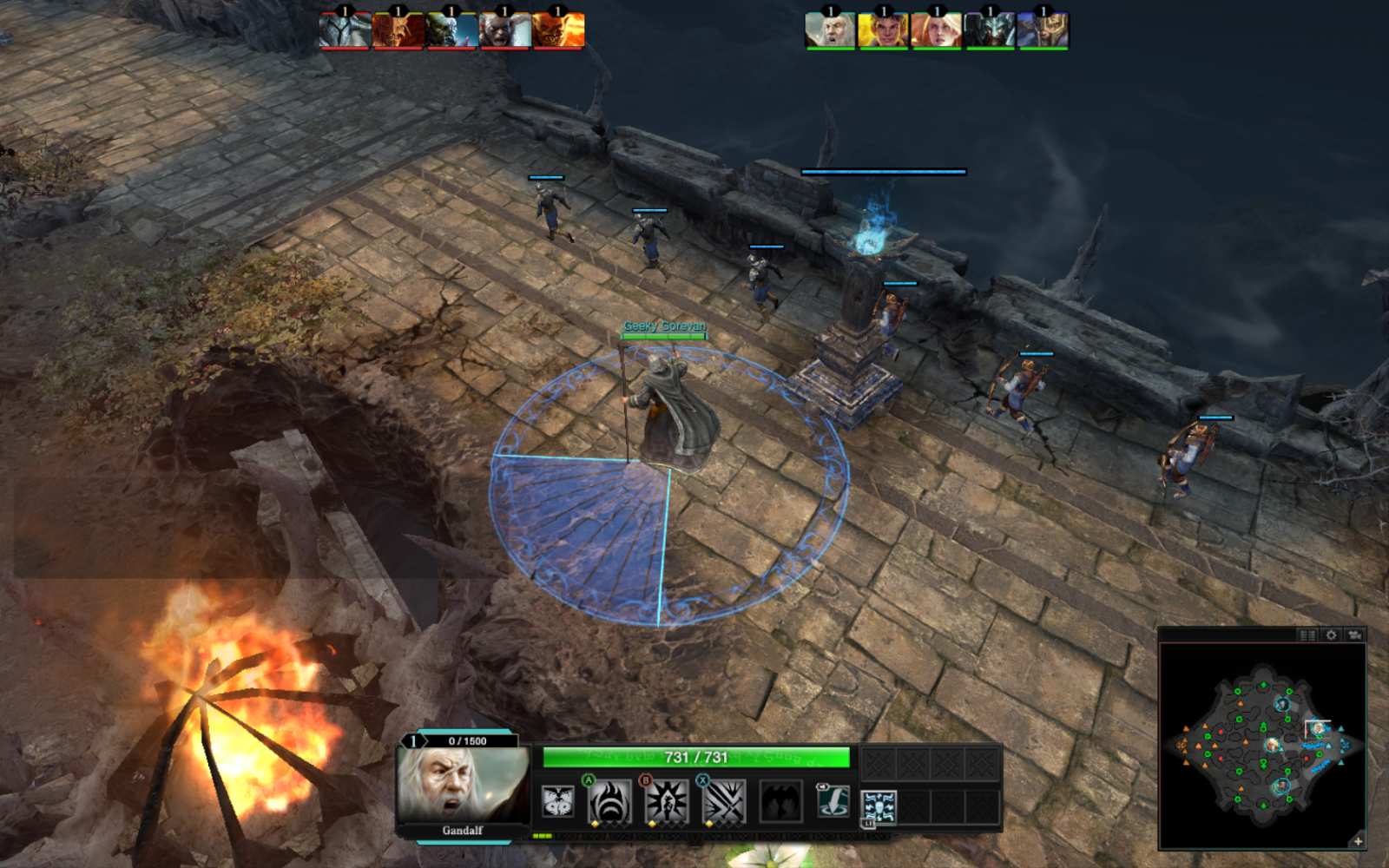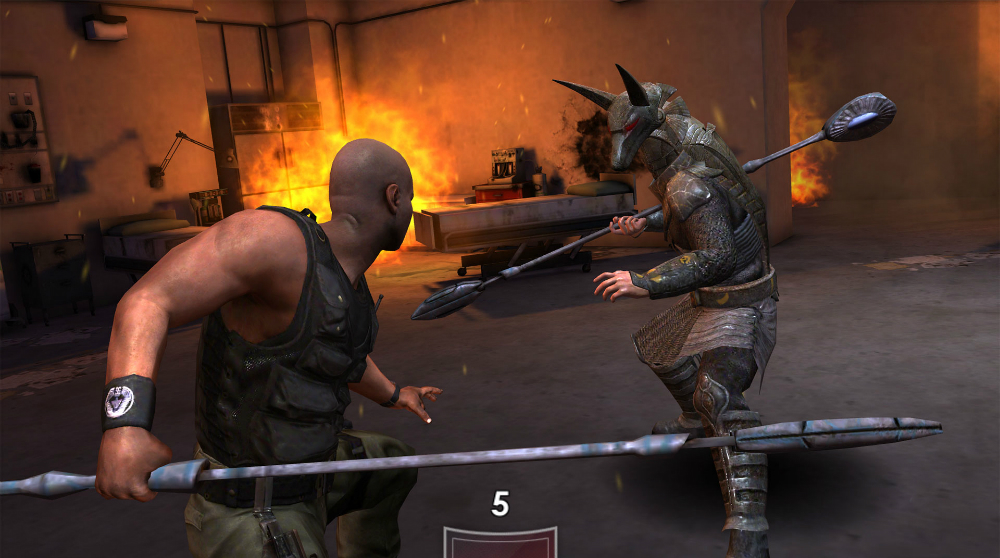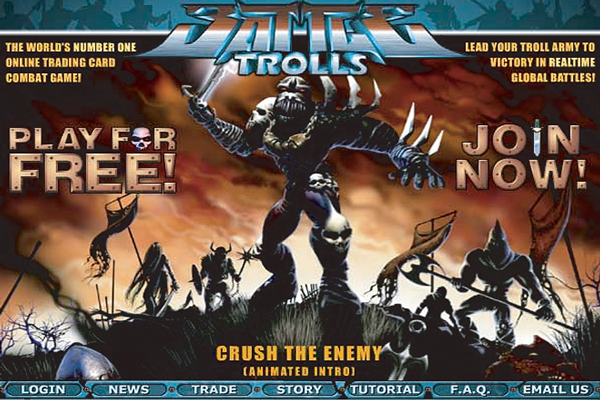Introduction
Video game box art has long served as a window into the adventures, challenges, and wonders within the games. Over the decades, it has evolved alongside the gaming industry, reflecting its growth and innovation. This exploration delves into the history of game box art, from the early days of arcade cabinets to the digital masterpieces of today, highlighting its significant role in shaping the gaming experience.
The Early Days: 1970s to 1980s
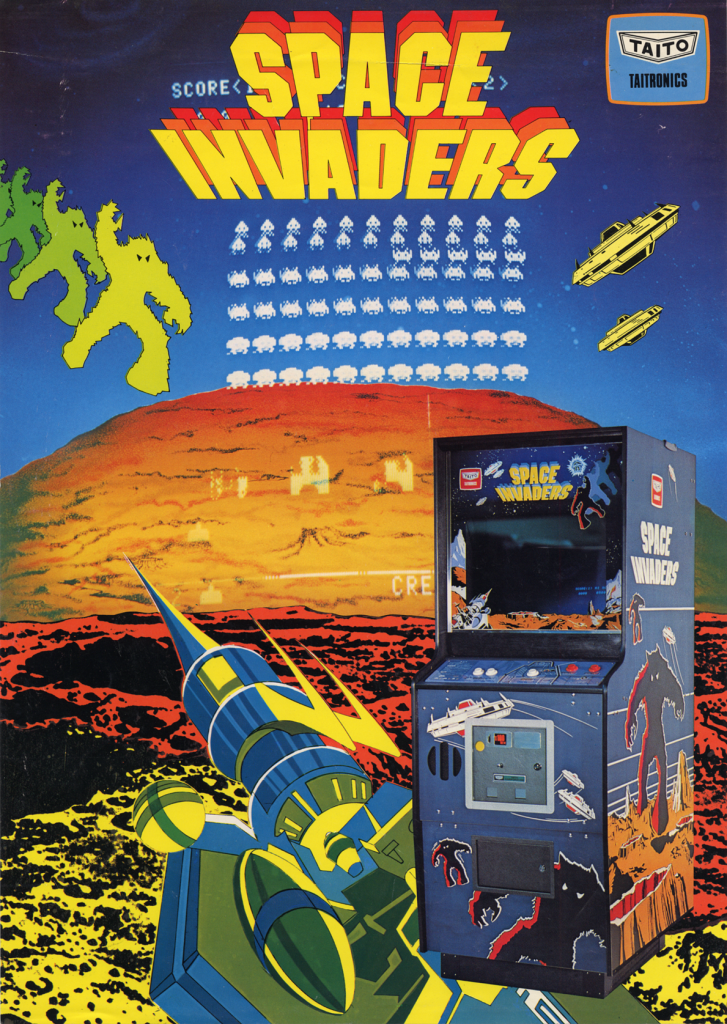
In the 1970s, video games were in their infancy, and the concept of game box art was just beginning to take shape. The arcade classic Space Invaders elevated the gaming industry, featuring abstract artwork on arcade cabinets that hinted at the excitement within. As home consoles like the Atari 2600 emerged, game box art followed suit. Atari’s graphic designer, George Opperman, led a team to create cover art that would ignite gamers’ imaginations. Iconic covers like Pac-Man and Centipede on the Atari 2600 showcased vibrant illustrations that compensated for the limited technology of the time.
The 8-Bit Era: 1980s
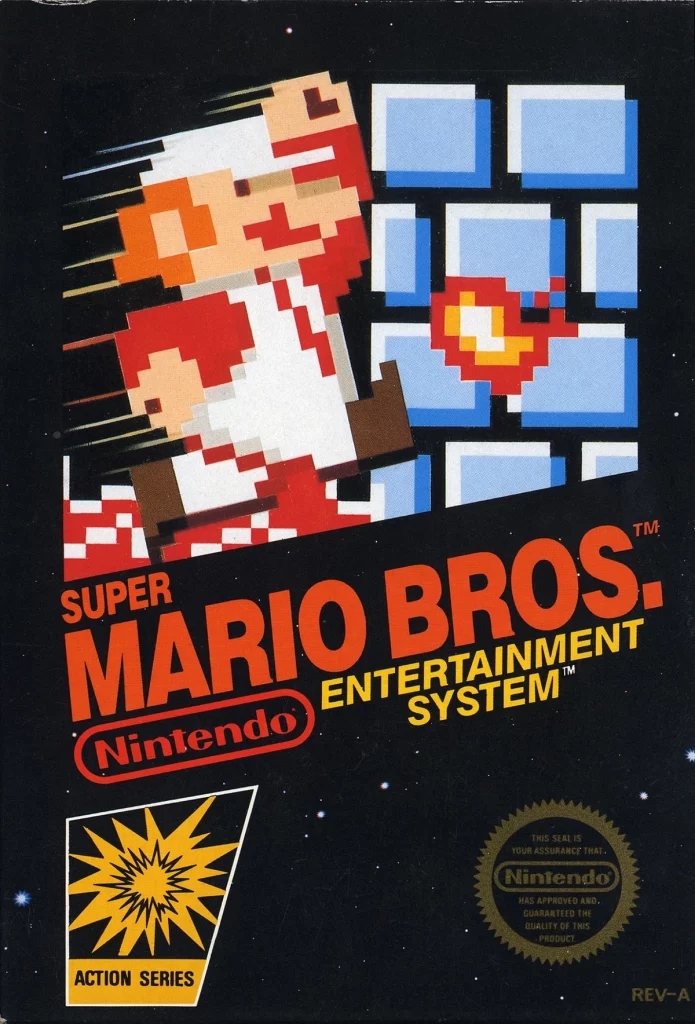
The 1980s brought the 8-bit era, marked by the rise of Nintendo’s NES. This period saw game box art become more detailed and character-driven. Titles like Super Mario Bros. and Donkey Kong set the standard for 8-bit art, with pixel art becoming a defining element. Artists skillfully used limited palettes and low-resolution graphics to create memorable characters and scenes. Japanese box art also began to influence Western audiences, with games like Castlevania featuring striking artwork that captivated players.
The 16-Bit Era: 1990s

With the arrival of the 16-bit generation, game box art saw significant advancements. Consoles like the Super Nintendo and Sega Megadrive (Genesis) brought more sophisticated designs. Character-driven box art remained prominent, with titles like Sonic the Hedgehog and Super Metroid showcasing detailed and expressive characters. Comic book art influenced games like X-Men and Spider-Man, appealing to fans with dynamic, action-packed designs. Towards the late 1990s, pre-rendered 3D graphics began to appear on box art, blending gaming with cinematic visuals.
Transition to 3D: Late 1990s to Early 2000s
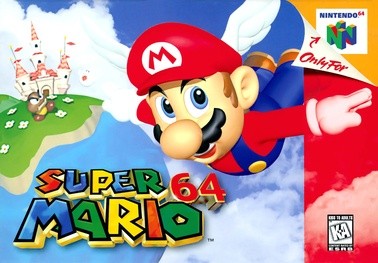
The transition to 3D graphics in the late 1990s and early 2000s reshaped game box art. Games like Super Mario 64, Crash Bandicoot, and Tomb Raider embodied this transformation. Artists faced the challenge of capturing the essence of 3D gaming on a two-dimensional box, resulting in diverse artistic approaches. Some designs aimed for a cinematic feel, while others adopted a minimalistic look, marking a turning point in the history of game box art.
The Multimedia Era: Early 2000s

The early 2000s brought an explosion of storytelling and cinematic adventures in gaming. Titles like Kingdom Hearts, Silent Hill, and Grand Theft Auto featured box art that reflected their epic narratives. Dramatic lighting, detailed character artwork, and dynamic compositions became the norm. This era continued to harness pre-rendered 3D graphics, with games like Resident Evil using rendered characters to create tension and fear.
The Modern Age: 2010s to Present
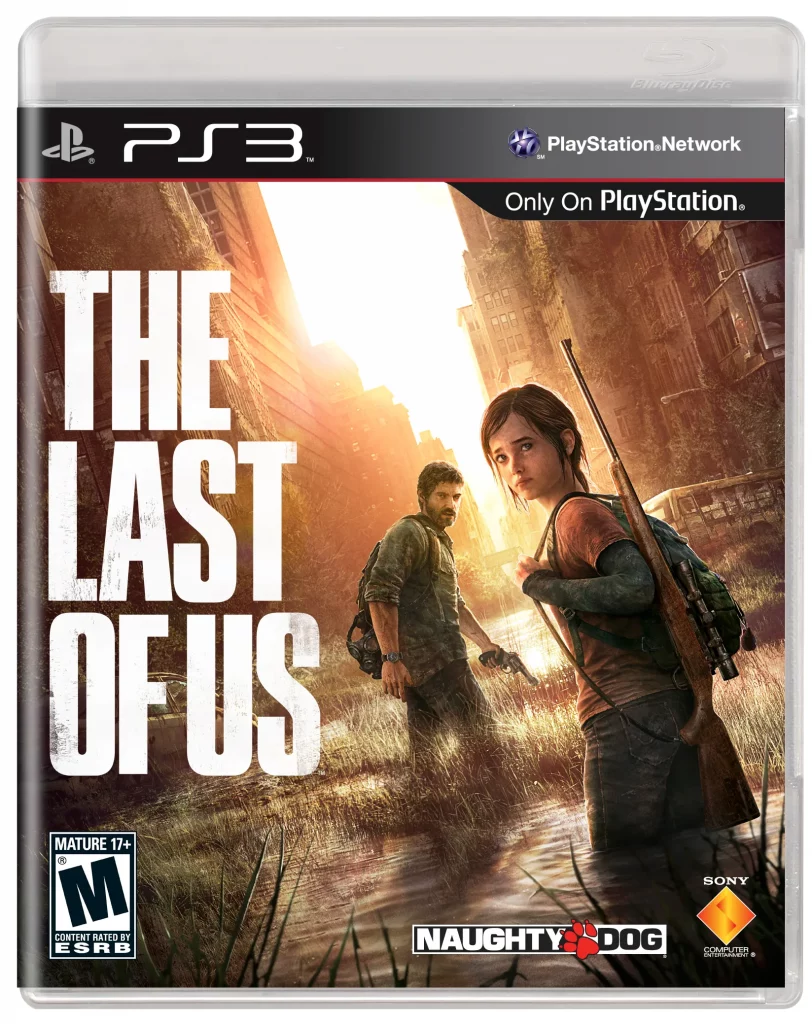
In the modern age, digital distribution has changed the role of game box art. It now serves a dual purpose: representing the game’s identity both physically and digitally. Iconic titles like The Witcher 3, Red Dead Redemption 2, and The Last of Us exemplify this trend. Indie games have also introduced diverse artistic styles, while mobile games focus on minimalistic, app-friendly designs. Game box art has adapted to the realities of digital storefronts, appearing as banners, social media posts, and promotional materials.
Iconic Game Box Art
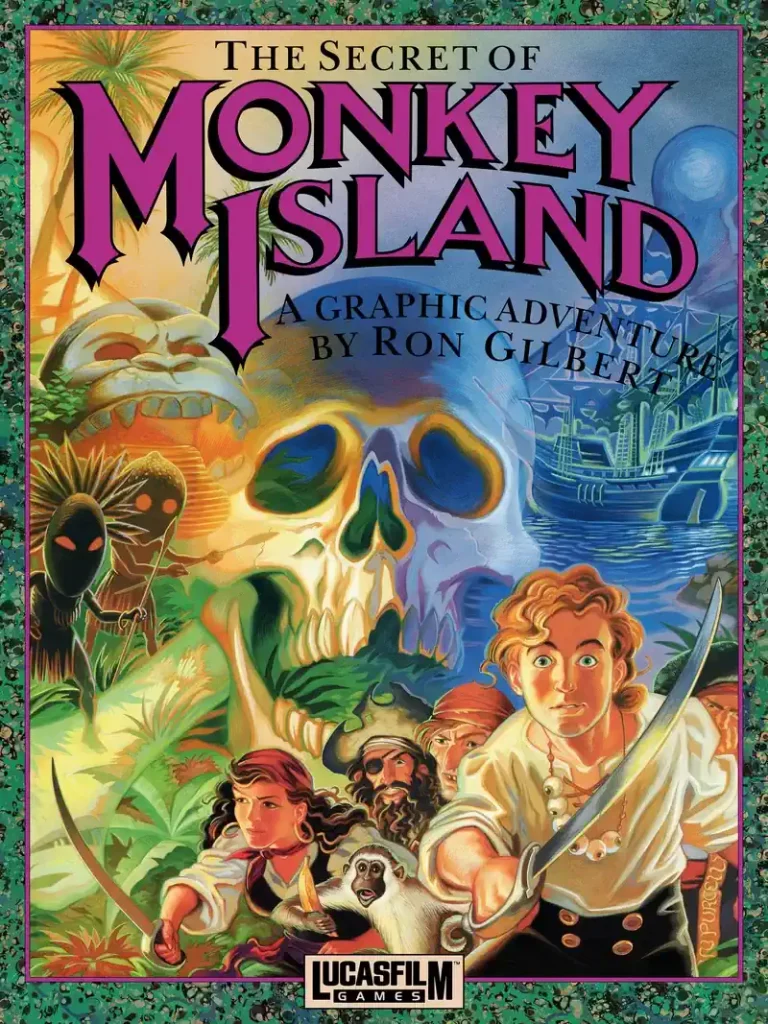
Some game box art has transcended its role as mere packaging to become legendary. Mega Man, Monkey Island, and The Last of Us are prime examples, influencing gaming culture and inspiring fan art, cosplay, and even game development. These iconic designs have left a lasting mark on the gaming community.

Challenges and Controversies

Game box art has faced its share of challenges and controversies. Titles like Manhunt and Barbarian sparked backlash due to their controversial content and artwork. These incidents highlight the delicate balance artists must strike between creativity and societal norms.
The Future of Game Box Art
As the gaming industry continues to evolve, the future of game box art lies in digital distribution and online marketplaces. Box art will remain crucial in defining a game’s identity and setting the stage for the player’s experience. The promise of diversity, innovation, and artistic celebration will continue to drive the evolution of game box art.
Conclusion
From the minimalist charm of Pac-Man to the bold adventures of Super Mario Bros., game box art has played a pivotal role in the history of gaming. The 16-bit and multimedia eras brought iconic character-driven art and cinematic storytelling, while the modern age showcases diversity and innovation. Game box art is not just a marketing tool; it is an art form that has left a lasting legacy on gaming culture, inspiring creativity and appreciation among gamers and creators alike. As we reflect on the past, embrace the present, and look towards the future, the enduring legacy of game box art continues to captivate and inspire.
I hope you enjoyed this article. If you want to see more, please consider subscribing to our Youtube channel for more nostalgic content focused on games and toys from the late 80s, 90s, and early 2000s.







